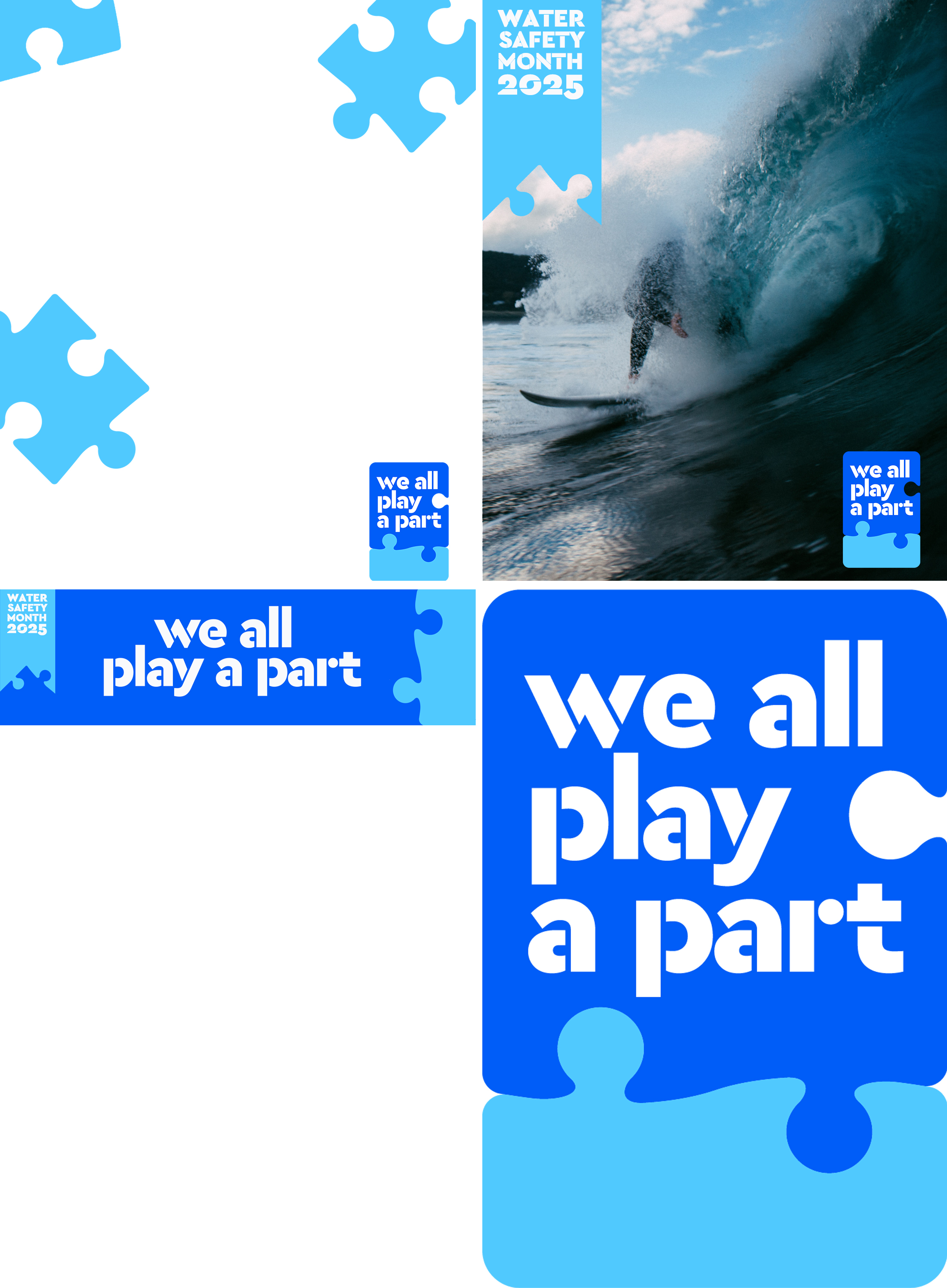Children require all your attention, all the time around water. it is very easy for a child to slip under the water and the best way to prevent this is active supervision by parents and caregivers.
Within arms reach
Always keep babies and toddlers within arms' reach around all forms of water, from the bath to the beach. It takes less than a minute for a child to drown in only cms of water so always keep them near.
Babies and toddlers are especially at risk of drowning because they lack the physical and mental ability to recognise or escape danger. Constant supervision is essential. Adults must stay alert and keep children within arm’s reach.
Keep them close and help them develop a healthy respect for the water; when appropriate, take them to water skills classes and identify and mitigate all water hazards in or outside the home.
Who’s in charge
Always have an adult supervisor actively watch over little ones when they are around water. That means do not leave older children – those under the age of 16 – to supervise younger kids.
If you're in a group, have an active adult supervision roster - Don't rely on older children to supervise younger ones in, on or around water. Constant active adult supervision is required at all times
Active supervision is key, meaning constant visual contact and not just a glance. This includes supervising children even if they can swim. Avoid distractions like cell phones and be in the present with them.
Learn first aid resuscitation. For more information about child CPR see St John or Red Cross. As well as learning basic first aid, you will learn rescue breathing for adults and for children. Keep your knowledge up to date with a regular course.
The Red Cross has a number of first aid courses available.
Where's the danger?
All types of water—whether tubs, pools, lakes, or beaches—can be fun for children but are also highly dangerous, especially for under-fives who lack the skills and judgment to recognize or escape danger.
Identify water hazards in and around the home - Ensure your pool is properly fenced and complies with the safety requirements under pool safety legislation that came into effect in 2017. Check that properly working safety latches and fences meet the requirements set out in the Building Act. Empty water from paddling pools, buckets and containers after use and ensure you have a safely fenced area to for your children to play in.
Restrict access to water by fencing it. Watch children around fountains, fishponds, open drains and even animal bowls and troughs. Regularly check your home for water hazards and turn buckets and basins upside down. Remember to put tight-fitting lids on buckets and empty baths and tubs immediately.
Number of drowning deaths by single year age, 2015-2024
DrownBase™ Drowning fatalities correct as March 2025. New or changing information over time means drowning numbers adjust
Bath time fun
Use a bathmat. Bathmats stop your child from slipping and reinforce the message that you should NEVER leave your baby or toddler unsupervised in the bath even to answer the phone or the door
Bath time means water confidence time with an adult. Don't let distractions take you away from being within arms' reach of your little ones.
Bath time can and should be fun for the whole family, including the little ones. After all, this is their first introduction to water and how you play with your baby at bath time, will provide the foundation for their water confidence in the future.
Keep focused
Avoid distraction
Put your phone away when supervising children around water. Their lives are in your hands and their safety requires your full attention. A child can drown in the time it takes to read a text message. When bathing your baby take the phone of the hook and shut the door. Focus your attention on your baby or toddler.
Children get up to mischief so quickly that it is easy to become distracted and miss a potential hazard that might be there in your home or outside that could lead to drowning.
Each age group have their own individual challenge and while it is hard to have ‘eyes in the back of your head’, you can take steps to manage your environment to reduce drowning hazards.
Breaking down the rules and regulations
Is the gate shut?
Parents and caregivers, you have a responsibility to keep your child safe around water. If you have a swimming pool, it must be fenced and your spa pool covered.
Backyard pools can be a great source of fun, but they also come with serious risks—especially for young children. Sadly, drowning can happen quickly and quietly, even in just a few centimetres of water.
There must be strong physical barriers, such as fencing that meets New Zealand safety standards, secure pool covers, and even door or gate alarms if needed.
Mandatory pool fencing legislation transformed child water safety back in the 1980s. Before regulations were introduced, an average of nine New Zealand children under five drowned in home pools every year.
None of the above actions takes away from active supervision of a child when near a pool or body of water. This means being within arm's reach of the child in, on or around water.
See Staying Safe around pools for safety, rules and regulations about different types of pools.
Teach them well
Teach your children water safety behaviours - As soon as they are old enough to understand, teach your children things like 'never go near the water unless you're with a grown up'. It is important that our children are taught that while water is to be enjoyed, it must also be respected. It is imperative that they are taught about the risks and dangers associated with water-based activities
Water Safety New Zealand and Plunket encourage all parents and caregivers to introduce their children to water in a positive, caring manner. Sharing bath time and visiting your local pool are positive steps to developing water confidence and safety skills in your child.
Adapt your water experiences for your child to suit their age and experience.
Have fun
Support your child and give them enjoyable and positive early experiences around water - It is important to begin your child's aquatic education early and it is as simple as taking them to a pool for a fun splash around. It is crucial that every New Zealand child learns how to enjoy the water from an early age so they can learn essential aquatic skills to keep them safe.
Children learn so much better when they are having fun. Tailor the games to what they are interested in for example if your child is interested in. For example, if your child likes rocket ships then get them to pretend, they are the space shuttle and the water is space. They will love the feeling of being weightless as well as learning the skills you need them to.
While pool toys are fun, they are not a floatation device like a lifejacket. Pool noodles, blow up toys and flutter boards are toys and shouldn't be used to keep a child afloat in the water. The only safe floatation device is a lifejacket.
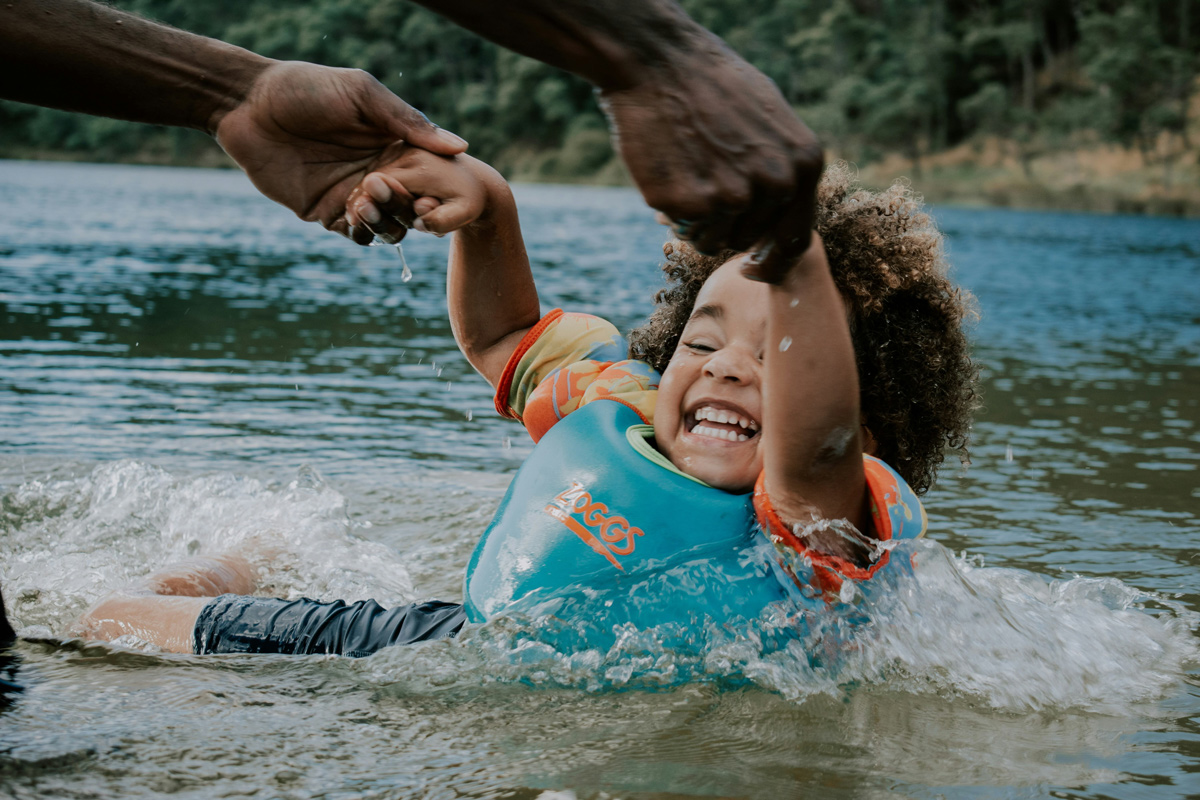
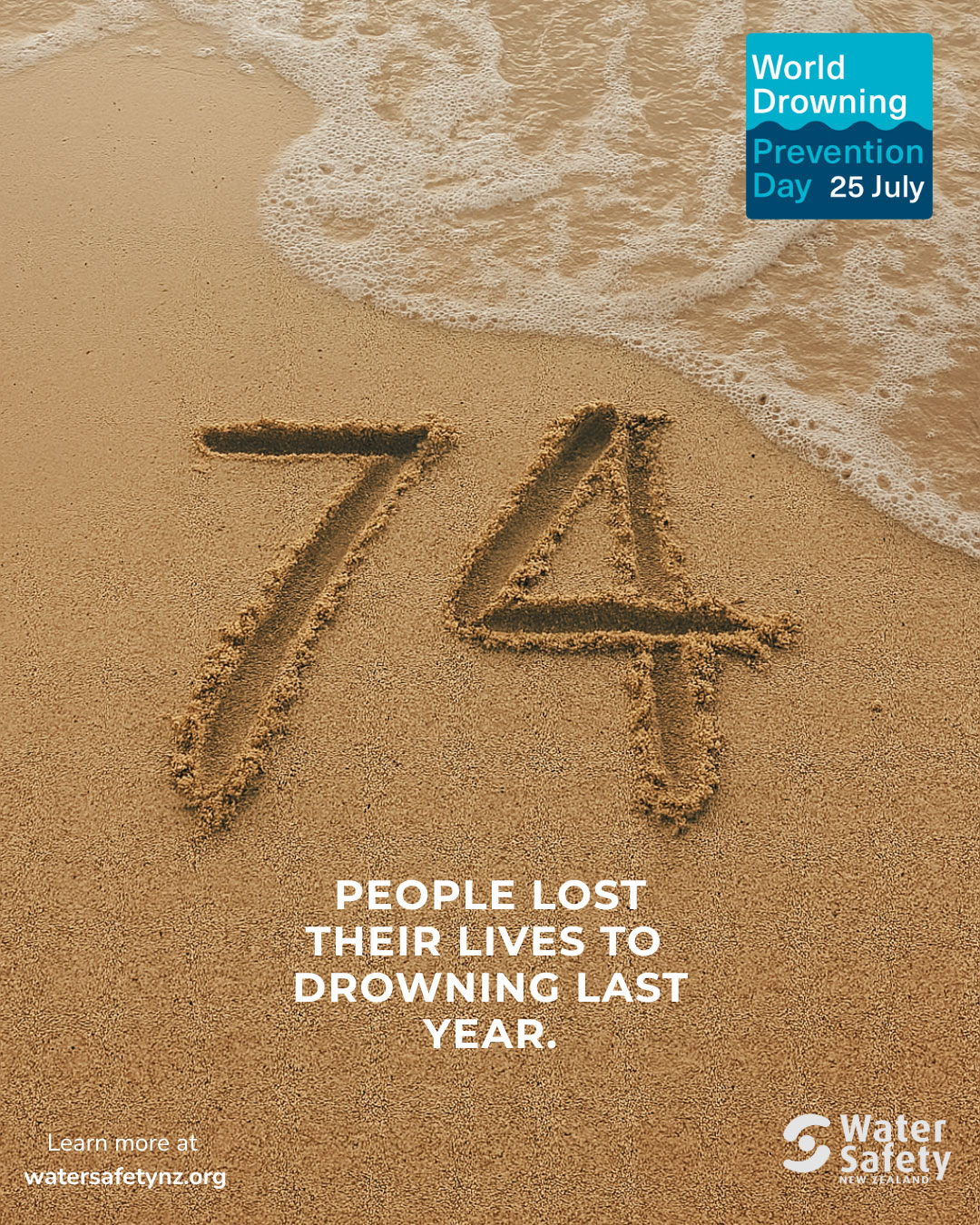
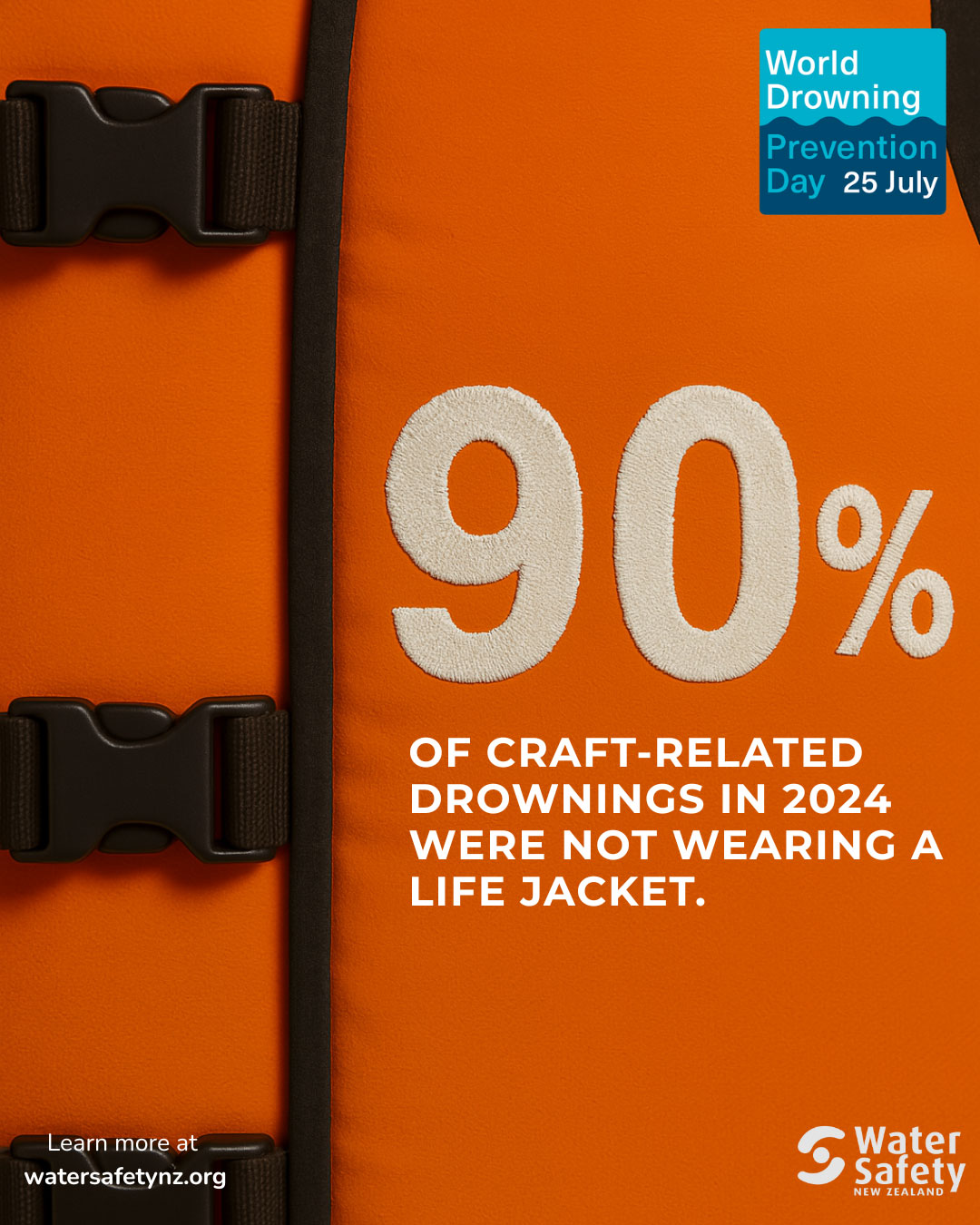
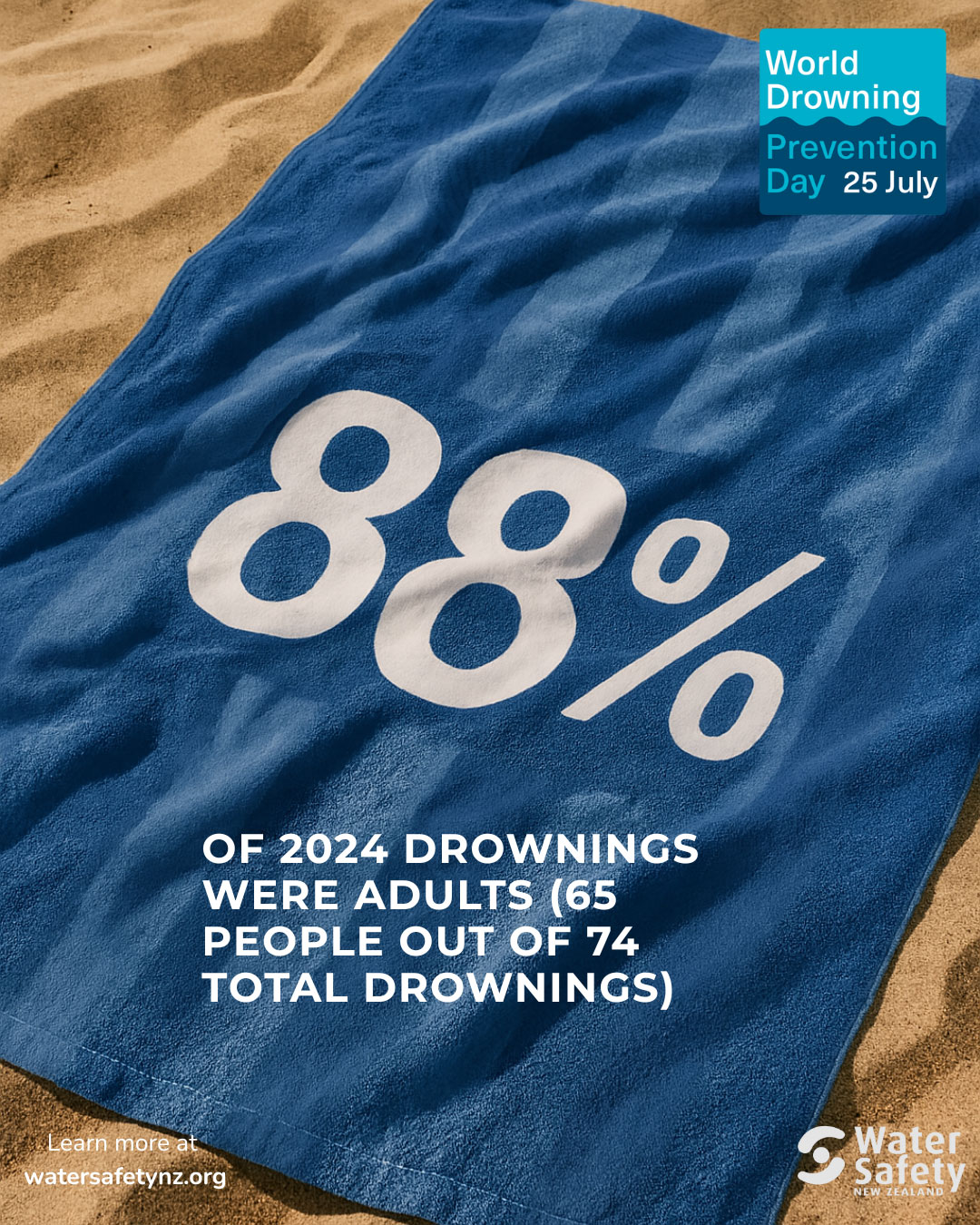


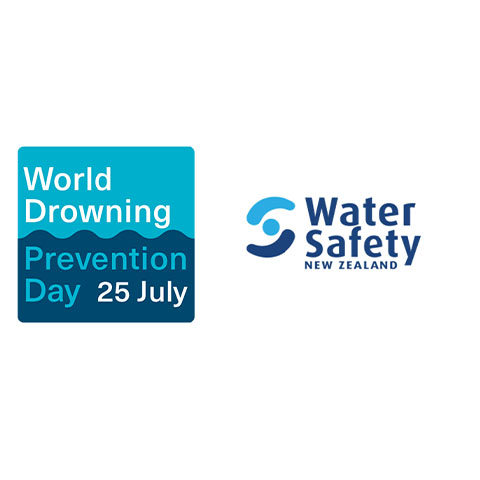
.jpg)
